Short films are an incredibly powerful medium for filmmakers to tell their stories, and we’re excited to dive into the process behind creating these captivating works of art.
Despite their shorter length, short films can have a big impact on their audience, and they offer filmmakers the chance to experiment with different storytelling techniques and push the boundaries of their craft.
In this post, we’ll take a closer look at the storytelling process in short films, from the initial concept development to the final stages of distribution and promotion. We’ll provide tips and tricks for each stage of the process, and we’ll share insights from successful filmmakers who have mastered the art of short film storytelling.
If you’re looking to start your journey into film, make sure to check out our film funding contests! All you need is a sentence, and you could win up to $10,000 for your project!
So whether you’re a seasoned filmmaker or just starting out, this post will provide you with a comprehensive overview of the storytelling process in short films. Let’s get started!
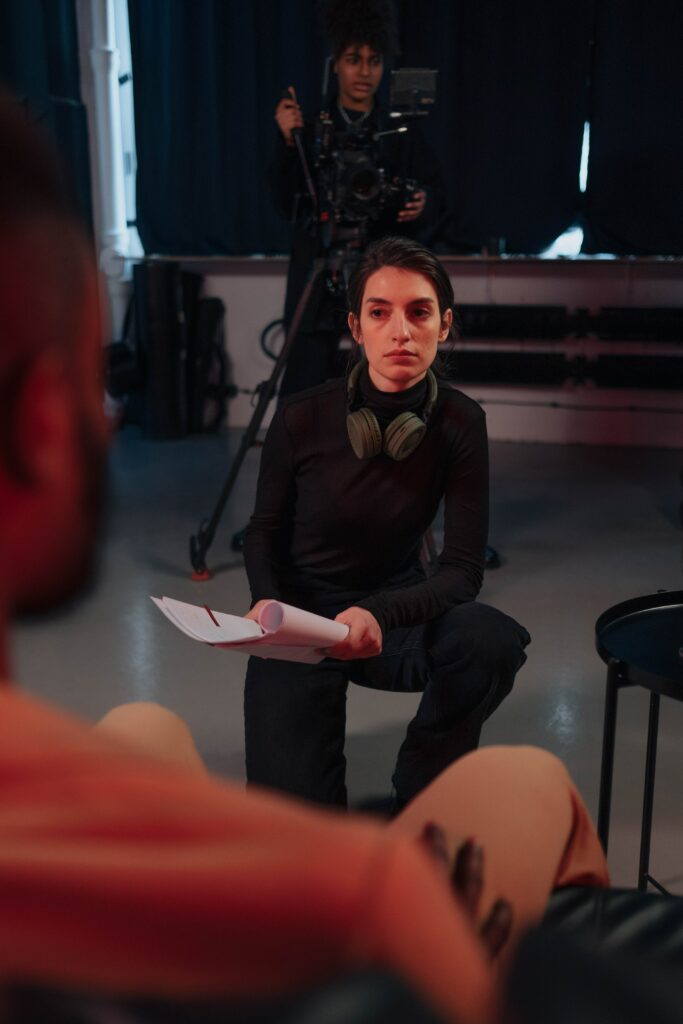
Step 1: Preproduction
Let’s dive into the pre-production stage. This is the planning phase of your short film, where you’ll develop your concept, script, storyboard, and cast your actors.
Concept development is the first step in the pre-production stage, and it’s essential to creating a strong and compelling story. This is where you’ll brainstorm ideas and come up with a central concept for your short film.
Once you have your concept in place, it’s time to start writing your script. This is where you’ll flesh out your story, develop your characters, and create the dialogue for your film.
Some tips for writing a compelling short film script include:
- keeping your story simple
- creating a strong emotional connection with your audience
- focusing on visual storytelling.
Next, you’ll start the process of visualizing your short film.
Storyboarding is the process of visually planning out your story shot by shot. This is where you’ll determine the composition of your shots, the placement of your actors, and your camera movement. Storyboarding is an important step in the pre-production stage because it allows you to see your story come to life before you start filming.
Casting is another crucial step in the pre-production stage. This is where you’ll hold auditions, review actor reels and headshots, and make final casting decisions.
It’s important to find the right actors who can bring your characters to life. When casting your actors, it’s important to look for individuals who can embody your characters, bring authenticity to your story, and work well with your team.
By following these tips, you’ll be well on your way to creating a successful short film. Next, we’ll dive into the production stage and discuss how to bring your story to life on screen.
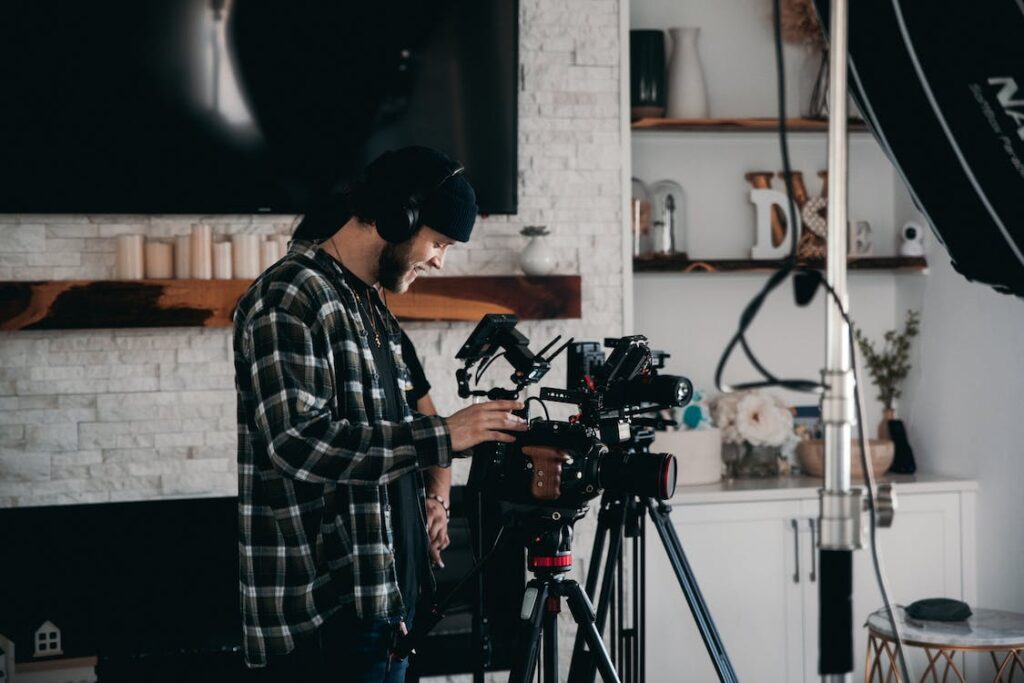
Step 2: Production
Now that we’ve covered the pre-production stage, it’s time to move on to the production stage. This is where you’ll bring your story to life on screen by directing your actors, capturing the right shots, and creating the perfect atmosphere for your story.
Directing is a crucial part of the production stage, and it’s where you’ll work with your actors to bring your characters to life. This is where you’ll guide your actors through their performances, give direction on their movements and facial expressions, and work to create a cohesive vision for your film. Some tips for effective directing include communicating clearly with your actors, establishing a positive and collaborative atmosphere on set, and being open to new ideas and suggestions.
Cinematography is another important aspect of the production stage. This is where you’ll capture the right shots to tell your story visually. It’s also where you’ll work with your cinematographer to determine the composition of your shots, the movement of the camera, and the use of lighting.
Some techniques for capturing the right shots include:
- Using different angles to create depth
- Playing with focus to highlight important details
- Using camera movement to add energy and emotion to your story.
Sound is another crucial element of storytelling in short films. This is where you’ll record dialogue, sound effects, and music, and work to create a cohesive audio experience. Some tips for working with sound include recording clean audio on set, choosing the right music and sound effects to enhance your story, and using sound to create tension, emotion, and atmosphere.
One of the most important parts of your film is your location.
Finally, location and set design are important aspects of the production stage. This is where you’ll work to create the right atmosphere for your story.
In this stage, you’ll choose the right locations for your film, design and build sets, and work with props and costumes to create the perfect visual aesthetic for your story. Some tips for creating the right atmosphere include:
- using color and lighting to set the mood
- choosing the right props and costumes to tell your story
- paying attention to small details
By following these tips for directing, cinematography, sound, and location and set design, you’ll be well on your way to creating a visually stunning and emotionally engaging short film. Next, we’ll dive into the post-production stage and discuss how to edit and distribute your film for maximum impact.
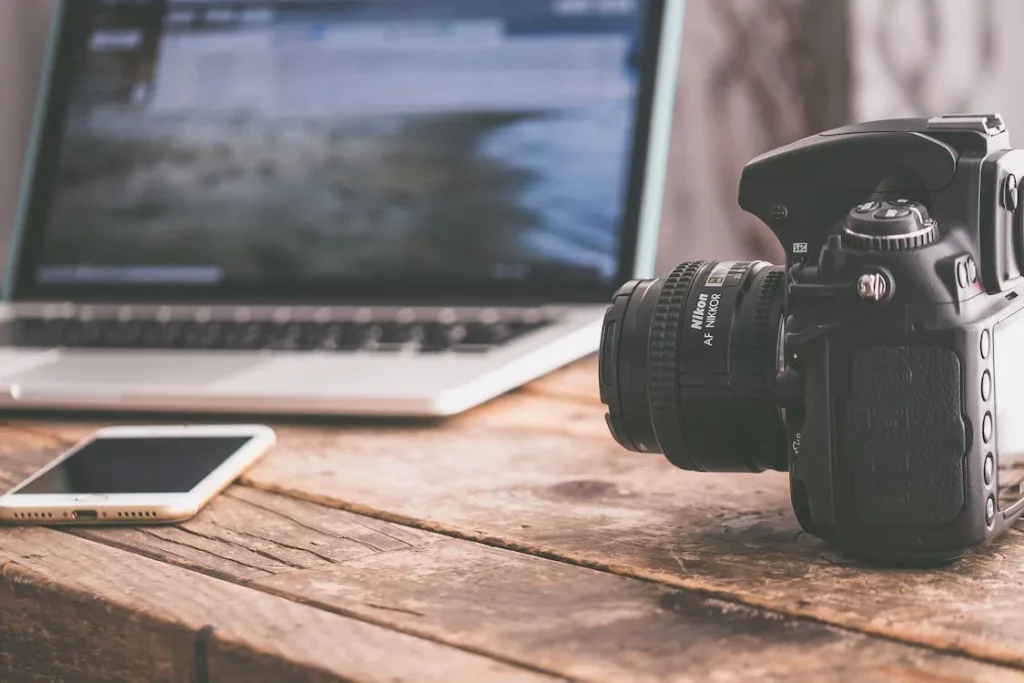
Step 3: Post Production
Now that you’ve wrapped up production, it’s time to move on to the post-production stage. This is where you’ll bring all of your footage together, edit it into a cohesive story, and add the finishing touches to your film.
First up is editing, where you’ll take all of your footage and craft it into a story that captures your audience’s attention. This is where you’ll work to refine your pacing, choose the best shots, and create a structure that takes your viewers on a journey. Some tips for effective editing include using pacing to create tension and emotion, choosing shots that advance the story, and paying attention to details that can enhance the audience’s experience.
Next, you have to pull all of the other elements in.
Sound editing and mixing is another important part of the post-production stage, where you’ll work to create a cohesive audio experience that enhances your storytelling. This is where you’ll add music and sound effects, adjust levels, and mix everything together to create a balanced and engaging audio track. Some tips for effective sound editing and mixing include using sound to create emotion and atmosphere, choosing the right music and sound effects to enhance your story, and paying attention to details that can make a big impact on your audience.
Color correction is another crucial part of the post-production stage, where you’ll work to ensure that your footage looks the way you want it to. This is where you’ll adjust the color of your shots to create a specific mood or atmosphere, and to ensure that everything looks consistent and cohesive. Some tips for effective color correction include using color to set the mood and create atmosphere, paying attention to skin tones and other important details, and experimenting with different looks and styles to find what works best for your story.
By following these tips for editing, sound editing and mixing, and color correction, you’ll be well on your way to creating a polished and engaging short film. In the final section, we’ll discuss how to distribute and promote your film for maximum impact.

Distribution and promotion
Once you’ve completed your short film, it’s time to think about how you’ll get it in front of an audience. In this section, we’ll cover three important areas of distribution and promotion: film festivals, online distribution, and marketing and promotion.
Film festivals are a great way to get your short film seen by a wider audience, and can provide valuable exposure and recognition for your work. To submit your film to festivals, you’ll need to research festivals that are a good fit for your film, create a strong submission package that showcases your work, and follow the submission guidelines carefully. Some tips for successful festival submissions include researching festivals that are a good fit for your film, submitting early to take advantage of early bird deadlines, and using social media to promote your festival screenings.
Online distribution is another important way to get your short film seen, and can provide opportunities for monetization and exposure. There are a variety of platforms available for online distribution, including Vimeo, YouTube, and Amazon Prime Video. To distribute your short film online, you’ll need to create a distribution strategy that fits your goals and budget, optimize your video for online viewing, and promote your film to your audience. Some tips for successful online distribution include using SEO and keywords to improve your visibility, partnering with other filmmakers to cross-promote your work, and experimenting with different pricing and monetization strategies.
At the end of the day, what you need to do is maximize your film’s exposure.
Marketing and promotion is crucial for getting your short film seen by as many people as possible, and can help you build a strong following and reputation in the industry. To effectively promote your short film, you’ll need to create a marketing plan that fits your goals and budget, use social media to build buzz and engage with your audience, and leverage partnerships and collaborations to reach a wider audience. Some tips for successful marketing and promotion include creating a strong online presence, partnering with other filmmakers and industry professionals, and engaging with your audience through Q&As, screenings, and other events.
By following these tips for film festivals, online distribution, and marketing and promotion, you’ll be well on your way to getting your short film seen by a wider audience and building your reputation as a filmmaker. With hard work, persistence, and a strong creative vision, you can make your mark in the world of short film and storytelling.
We’d love to be a part of your film’s journey! If you’re interested in our funding opportunities, make sure you check out our contests page!

Conclusion
Now that we’ve covered the entire storytelling process for short films, let’s recap what we’ve learned.
From concept development to distribution and promotion, each stage of the process is crucial to telling a compelling story in your short film. By carefully considering each element and taking the time to plan and execute your vision, you can create a unique and powerful piece of art that resonates with your audience.
Short films are important because they offer a platform for filmmakers to showcase their talents and tell meaningful stories in a condensed format. They can be a great way to experiment with different techniques and styles, and they often serve as stepping stones to larger projects in the film industry.
If you’re a filmmaker who has been inspired by this guide, we encourage you to start your own project! Don’t be afraid to experiment and take risks with your storytelling – the most powerful stories often come from taking chances and pushing boundaries.
Thank you for reading this guide on the storytelling process in short films. We hope it has provided you with valuable insights and practical tips to help you on your filmmaking journey. Now, let us help you fund it!
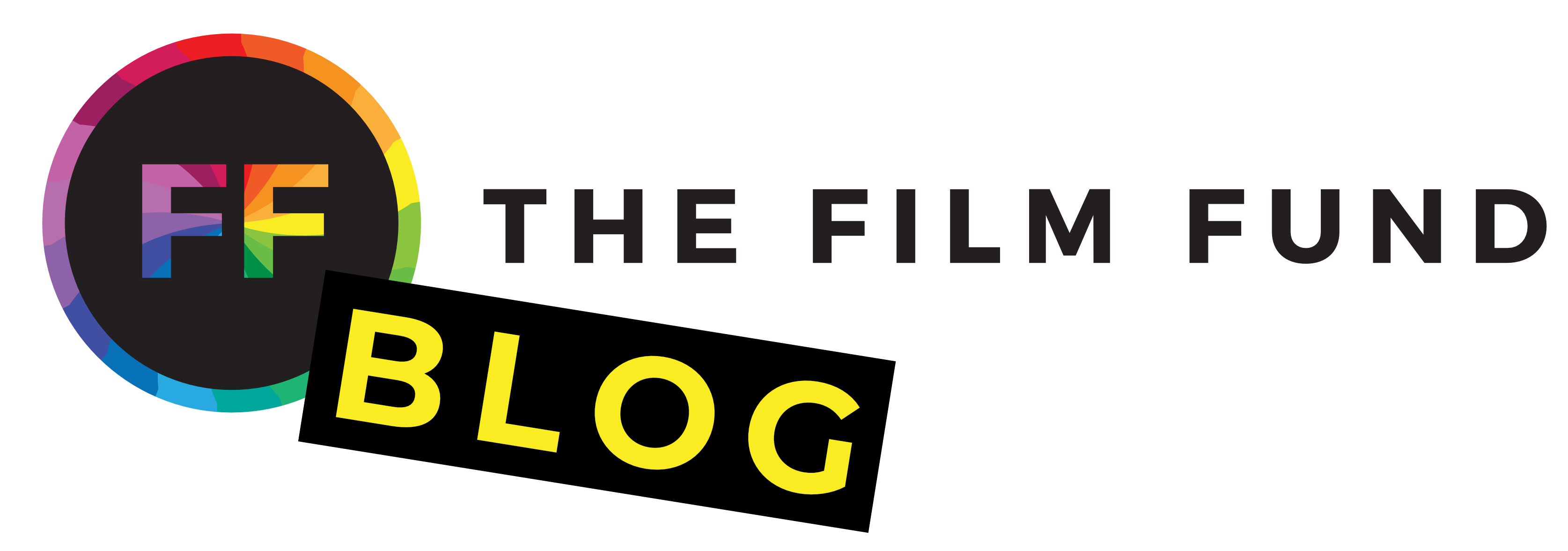

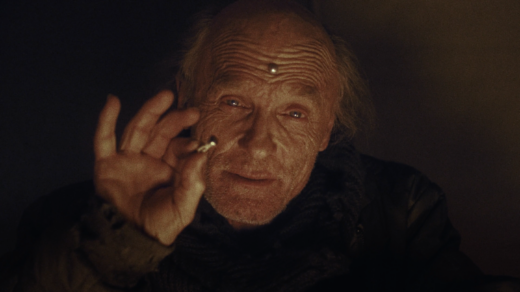


1 Response
[…] developing characters is crucial to a good film, as we make apparent in our script-to-screen guide, which you can check out here on the Film Fund […]